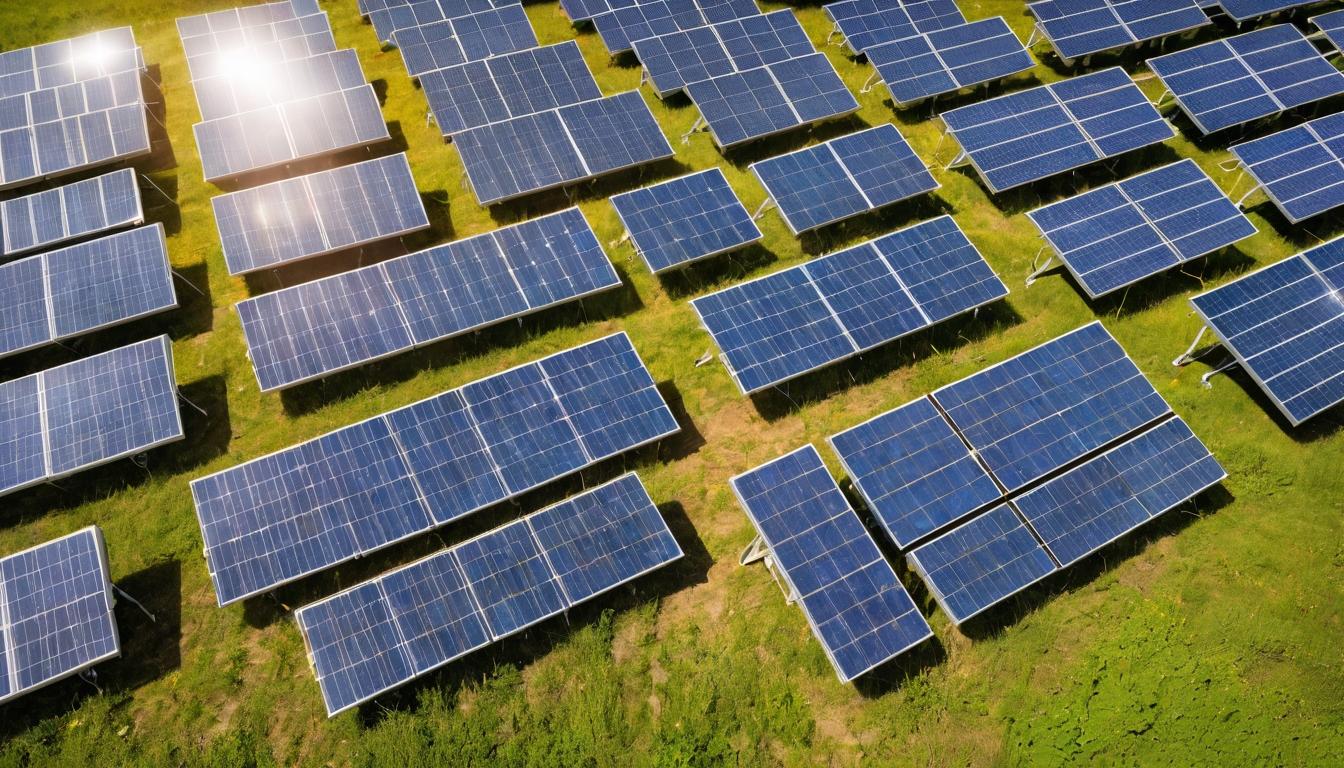Walking through a solar panel recycling facility feels like stepping into the future of waste management. The rhythmic hum of machinery, the careful sorting of glass and silicon, the recovery of precious metals—this isn't just about cleaning up; it's about creating a truly circular energy economy. As millions of solar panels approach the end of their 25-30 year lifespan, an entire industry is quietly emerging to handle what could become either an environmental challenge or an economic opportunity.
What most homeowners don't realize is that solar panels contain valuable materials worth recovering. Silver, copper, silicon, and aluminum can all be extracted and reused, reducing the need for new mining operations. The economics are becoming increasingly compelling—recycled materials from solar panels could be worth billions annually within the next decade. Companies like First Solar and Veolia are already building sophisticated recycling operations that recover up to 90% of panel materials.
The regulatory landscape is shifting rapidly. Europe leads with mandatory recycling requirements under the WEEE Directive, while states like California are implementing their own take-back programs. This regulatory push is driving innovation in recycling technologies, from thermal processes that separate components to chemical methods that recover high-purity silicon. The race is on to develop cost-effective recycling methods that can handle the coming tidal wave of end-of-life panels.
For solar installers and manufacturers, recycling is becoming a competitive differentiator. Companies that offer comprehensive recycling programs are winning contracts with sustainability-conscious commercial clients and municipalities. The solar industry is learning from the electronics sector's mistakes, proactively building recycling infrastructure rather than waiting for public pressure to force action.
Consumer awareness remains surprisingly low. Most solar buyers focus on upfront costs and energy savings without considering end-of-life disposal. Yet the decisions being made today about panel selection and installation could have disposal implications decades from now. Forward-thinking homeowners are beginning to ask about recycling options and manufacturer take-back programs during their purchasing process.
The technology for solar recycling is advancing faster than most people realize. Researchers are developing methods to separate and purify materials more efficiently, while robotics companies are creating automated disassembly systems. Some facilities can now process a panel in under two minutes, extracting valuable components with minimal waste. These innovations are driving down costs and making recycling economically viable even for smaller installations.
What's particularly fascinating is how recycling is creating new business models. Some companies are offering 'recycling as a service' contracts, while others are developing buy-back programs that give panels a second life in developing markets. The concept of 'urban mining'—extracting valuable materials from discarded products—is becoming reality in the solar sector.
The environmental benefits extend beyond waste reduction. Recycling solar panels requires significantly less energy than manufacturing new ones from raw materials. The carbon footprint of recycled panels can be up to 70% lower than new panels, creating additional climate benefits beyond the clean energy they produce during their operational life.
As the industry matures, we're seeing the emergence of specialized recycling facilities that handle different panel technologies. Monocrystalline, polycrystalline, and thin-film panels each require different processing methods. This specialization is driving efficiency gains and creating regional hubs for solar recycling across the country.
The financial implications are substantial. Industry analysts project that the solar recycling market could reach $2.7 billion by 2030. This growth is attracting investment from both traditional waste management companies and clean tech startups. The combination of regulatory requirements, economic opportunity, and environmental responsibility is creating a perfect storm for rapid industry development.
For policy makers, the challenge is balancing environmental protection with industry growth. Smart regulations that encourage recycling without burdening the solar industry's expansion are crucial. Some states are considering extended producer responsibility laws that would require manufacturers to fund recycling programs, similar to bottle deposit systems.
The human element of this transition shouldn't be overlooked. Solar recycling is creating new jobs in communities across the country, from technicians operating recycling equipment to logistics coordinators managing panel collection. These are skilled positions that pay living wages and contribute to local economies.
Looking ahead, the most innovative approaches involve designing panels with recycling in mind. Some manufacturers are developing 'design for disassembly' principles that make future recycling easier and more cost-effective. This forward-thinking approach could revolutionize how we think about product lifecycles in the renewable energy sector.
The story of solar panel recycling is ultimately about responsibility meeting opportunity. As the solar industry continues its remarkable growth, ensuring that this clean energy source remains truly sustainable requires addressing the entire lifecycle. The companies and communities that embrace this challenge today will be positioned to lead in the circular economy of tomorrow.
The hidden revolution in solar panel recycling and why it matters now

